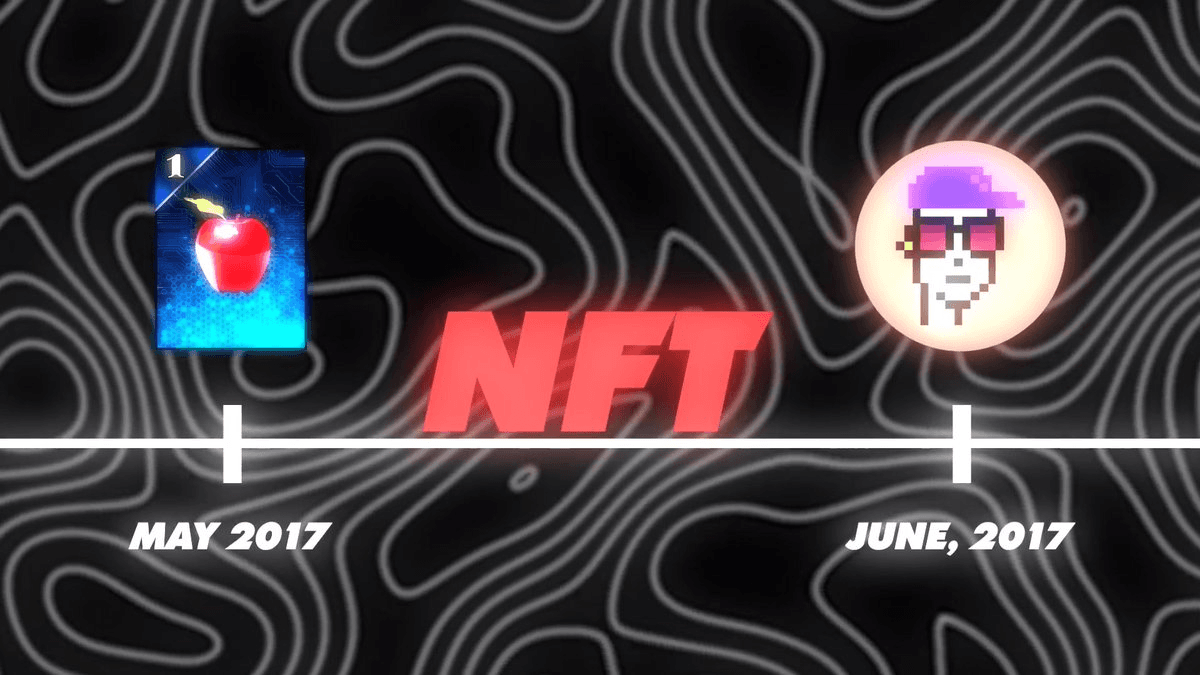
The Yellow card from the historic Curio Cards collection continues to see significant trading activity. This marks the third consecutive period of notable Yellow card sales, following patterns observed on July 28th and August 7th, 2025.
- Yellow cards represent some of the earliest NFT art pieces on Ethereum mainnet
- Recent sales indicate sustained collector interest
- Pattern suggests growing market appreciation for early NFT artifacts
Historical Context: Curio Cards were the first art NFTs deployed on Ethereum mainnet, making these sales particularly significant for NFT history.
A series of Yellow sales 🔥
Curio Cards: The First Curated NFT Art Show on Ethereum

Launched in May 2017, Curio Cards pioneered a unique approach to digital art curation on Ethereum. Inspired by a 2016 Bitcoin physical art show, it became the first project to introduce minting via smart contracts. Key features: - First tokenized artwork platform on Ethereum - Carefully curated 30-card collection telling interconnected stories - Four-month release schedule on New Card Tuesdays - Seven artists with distinct styles and mediums - Each card builds upon previous themes and narratives The collection's thoughtful curation, from the storytelling in the first 10 cards to the intentionally placed Card 30 Eclipse, sets it apart from other 2017-era projects.
Curio Cards: From Obscurity to NFT History

Launched in May 2017, one month before CryptoPunks, Curio Cards represents a significant milestone in NFT history. Initially taking four years to mint out, the collection experienced a dramatic surge in 2021, becoming a top-traded collection on OpenSea. Key developments: - Community-built wrapper contract enabling modern NFT platform compatibility - Creation of [ccsupply.xyz](http://ccsupply.xyz) for tracking ownership statistics - Launch of community merchandise store and physical card sets - Over 200 artistic remixes in the Remix Gallery - Featured in Christie's and Sotheby's auctions Only 20 complete sets exist, with notable collectors like @dmorey joining in 2021. The project has been featured in museums, books, and international TV, documenting early NFT history.
Curio Cards Full Sets Become Ultra-Rare with Only 20 Complete Collections
The historic Curio Cards project, launched in 2017 as the first Art NFT on Ethereum mainnet, has become increasingly scarce. Initially, 111 complete sets were possible from Cards 1-30. However, due to lost or burned tokens - particularly Cards 24 and 25 - only 33 full sets are now theoretically possible. Currently, just 20 collectors have managed to assemble complete sets, making these early NFT collections extraordinarily rare in the Web3 space. - Original possible sets: 111 - Current possible sets: 33 - Actual complete sets: 20 This scarcity highlights the historical significance of Curio Cards in the NFT ecosystem.
Curio Card Sweep Update
A coordinated effort to acquire Curio Cards, the first Art NFTs on Ethereum mainnet, continues to gain momentum. This marks the third sweep event, following previous movements in January and early August 2025. The sustained interest in these historical NFTs demonstrates ongoing collector appreciation for early blockchain art artifacts. - First sweep: January 2025 - Second sweep: Early August 2025 - Current sweep: Ongoing *Historical significance*: Curio Cards represent the earliest form of digital artwork ownership on Ethereum, pioneering a DRM-free approach to NFT art.
Early NFT Projects Cement Their Place in Ethereum History
Early NFT projects on Ethereum continue to shape the blockchain's cultural legacy. As the NFT ecosystem expands across multiple chains, pioneering Ethereum-based projects maintain their historical significance. Key points: - First-generation NFT projects represent crucial milestones in blockchain development - Historical NFT collections gain value as blockchain technology advances - Cross-chain NFT growth reinforces Ethereum's original projects' importance These early innovations laid the groundwork for modern digital ownership and continue to influence new developments in the space.
